Brian R. Baker
Reviews By Author
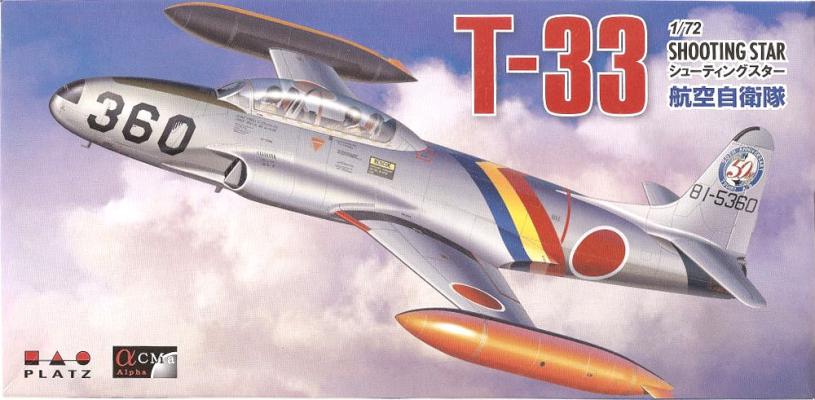
|
T-33A Shooting StarPublished:
HistoryThe Lockheed T-33A has been around for over 60 years and was a development of the USAAF’s first operational jet fighter, the Lockheed P-80 Shooting Star. Some P-80s were built and delivered before the end of World War II but none was used in combat. Although preceded by the Bell P-59A Aircomet, the P-80 was really the first useful jet fighter we had. Redesignation in 1947 turned it into the F-80, and that is how it is known today. The first two-seater, called TF-80C, was a conversion of a P-80B, 48-356, which, incidentally, was rebuilt later on to become the prototype for the two seat all-weather F-94A fighter. But that is another story. By the way, although the box art calls the T-33A a “Shooting Star,” I’ve never heard anyone refer to the T-33A by that name. It was… more |
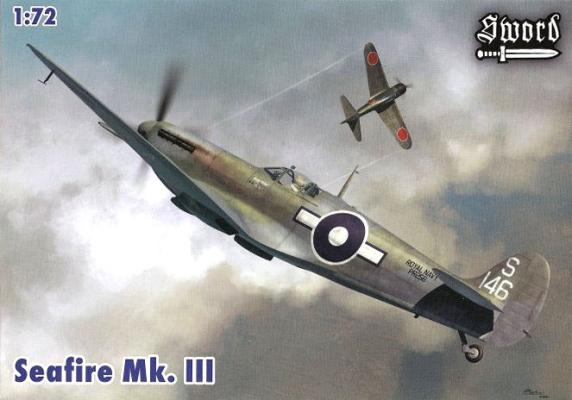
|
Supermarine Seafire Mk.IIIPublished:
HistoryThe Seafire was essentially a navalized Spitfire designed for carrier operations with the Royal Navy’s aircraft carrier fleet. At the beginning of World War II, although the Royal Air Force was operating some first class equipment (including Spitfires and Hurricanes), the Royal Navy was equipped mainly with types that were decidedly inferior in performance to what the Luftwaffe had. These types, including the Blackburn Skua and Roc, Gloster Gladiator, and later the Fairey Fulmar, were not in a class with the Messerschmitt Bf-109 or the Focke Wulf FW-190, the planes that would become their adversaries. Although the earlier aircraft were used successfully in some operations, it was clear to the naval commanders that more suitable aircraft were required. While American… more |
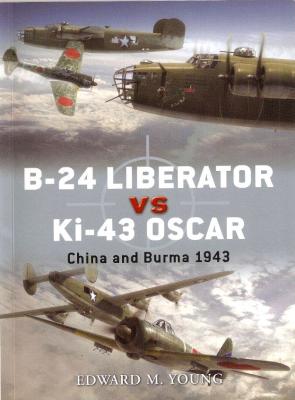
|
B-24 Liberator vs. Ki-43 OscarPublished:
HistoryThe book relates the part of the air war in Southeast Asia between the U.S. Army Air Forces and the Japanese fighter-interceptor squadrons. The author begins with an account of bomber development, with the emphasis on unescorted heavy bombers relying on heavy defensive armament and concentrated in close tactical formations. When the war began, it was discovered that this didn’t work too well against Luftwaffe fighters, and only slightly better against more lightly armed Japanese fighters. The Japanese Army, on the other hand, developed fighters whose prime attributes involved light weight and extreme maneuverability. This meant inadequate armament, and no protection for the pilot or vital aircraft systems. At least the Ki-43 had two .50 cal. guns, as opposed to the… more |

|
Great Lakes Warships 1812-1815Published:
HistoryThe War of 1812, in the reviewer’s opinion one of the least necessary wars we have ever fought, was in essence the finale of the American Revolution. Its end led to an era of cooperation between the United States and Britain that continues to this day. However, in 1812, both sides were serious adversaries, and American attempts to conquer Canada were countered by British efforts to attack the East Coast and take New Orleans. The Great Lakes were a boundary between the two countries and, although a few ships existed in those waters, it was the war that spurred a shipbuilding boom that lasted throughout the conflict. It is not commonly known that the conditions of warfare on the Great Lakes were quite different from those in ocean-going warfare, and the leaders… more |
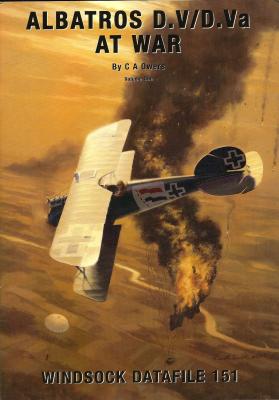
|
Albatros D.V/D.Va At War, Vol. 1Published:
HistoryThe Albatros D-series fighters appeared early in 1916 and went through several stages before the “V” strutted D.V’s were placed into service. While influenced by the French Nieuports, the only problem with these aircraft was the structural integrity of the wing, which tended to fail under extreme loads. This must have caused its pilots much concern, as they knew that the whole wing structure could fail under heavy stress loads. Later, most surviving pilots were happy to convert to the newer Fokker D.VII, although Albatros fighters remained in the inventory of the Imperial German Air Service until the end of hostilities in 1918, mostly serving in second-line units. Von Richtofen flew the type until he could get his hands on the Fokker Dr.1. The Book… more |

|
Phonix C.1Published:
HistoryThe Austro-Hungarian Phönix C.1 two-seat biplane was one of the lesser-known aircraft of World War I, primarily because it was so late in getting into unit service. Designed and produced by the Phönix organization, the prototype first flew in June, 1917, but production models didn’t enter service until March, 1918. The C.1 was a compact two-seater powered by a six cylinder Kiero 230 hp. water cooled engine, and was armed with two machine guns, one firing forward and one in a flexible mount in the rear cockpit. The airplane was fast, although a few of them were shot down by their main adversaries, the Italians. Fewer than 100 were delivered up to the Armistice in 1918. Postwar, the aircraft was ordered by the Swedes and, although 41 were ordered, only 26 were actually… more |
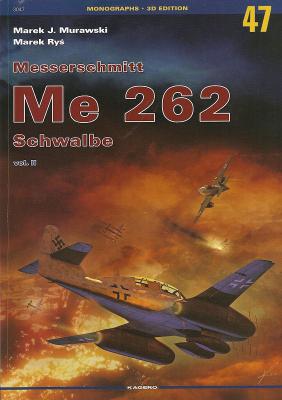
|
Me-262 Schwalbe Vol. IIPublished:
HistoryThe Messerschmitt Me-262 is probably one of the most popular modeling subjects because of its historic importance and the incredible tactical misuse of this aircraft during the closing stages of the war. While conceived as an air superiority fighter, Hitler decided that the plane would be most useful as a high speed bomber. It wasn’t until the late stages of the war that the aircraft was finally employed in its proper role at a time when there was no chance of it having any serious impact on the outcome of the war. Volume I covered the technical development of the aircraft, which involved the design problems and flight testing of the various prototypes. The BookThis volume covers the operational career of the Me-262, a story that has been told and… more |

|
Victory Air Displays: Prague, 1946-1947Published:
HistoryThis is an unusual book in that it covers a relatively unknown but significant event in postwar aviation history. This was a series of air displays held at the Prague-Ruzyne Airport immediately following the end of World War II, during that precious time period when the Czechs enjoyed a brief era of freedom before the Communist regime takeover in 1948 drove them back to the Dark Ages where they would languish until democracy regained control when the Soviet Union disintegrated around 1990. The Czechs, anticipating freedom after getting rid of Nazi German control, celebrated this event with a series of air displays in 1946 and 1947. During these, returning Czech airmen who had served mainly in the RAF joined forces with RAF, USAAF, French, and Belgian personnel… more |
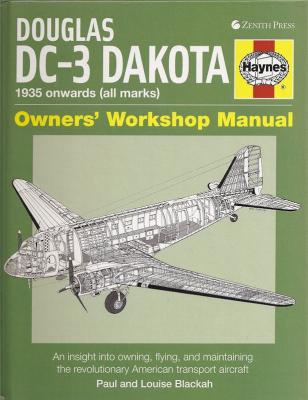
|
Douglas DC-3 Dakota Owners' Workshop ManualPublished:
HistoryThe Douglas DC-3, with its numerous aliases, was probably the most famous and influential transport airplane ever made, and a case can be made for even more praise than that. First appearing in the mid-thirties, it became standard equipment for nearly all major airlines until the outbreak of World War II, and then the plane was mass-produced in very large numbers as a military transport. It was also produced in the Soviet Union and in Japan. DC-3s were very common sights at airports postwar as they continued in airline and corporate service for many years, and many are still flying throughout the world. A current aviation enthusiast who is unfamiliar with the DC-3 has to be a rare breed, as the plane is still famous today. The BookThis book is not a… more |
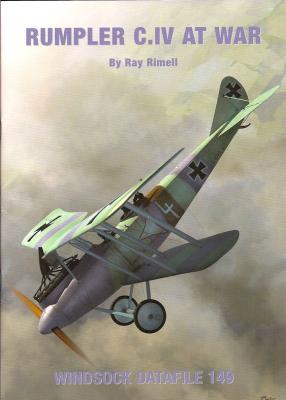
|
Rumpler C.IV at WarPublished:
History: The Rumpler C.IV was one of the outstanding high altitude reconnaissance aircraft of World War I, and it was produced in substantial numbers during 1917 and 1918. Preceded by the C.1 and C.III biplanes, the C.IV had excellent performance, and it could fly higher than most Allied fighters of the time. In addition, it was able to outrun some of them in a shallow dive, making these aircraft extremely popular with their crews. They served throughout the remainder of the war, and a few survived to be used as civilian airplanes in the immediate postwar period. The Book: This softcover book follows the traditional Windsock Datafile formula, including numerous excellent quality photos, some superb 1/72 and 1/48 scale drawings, and… more |
